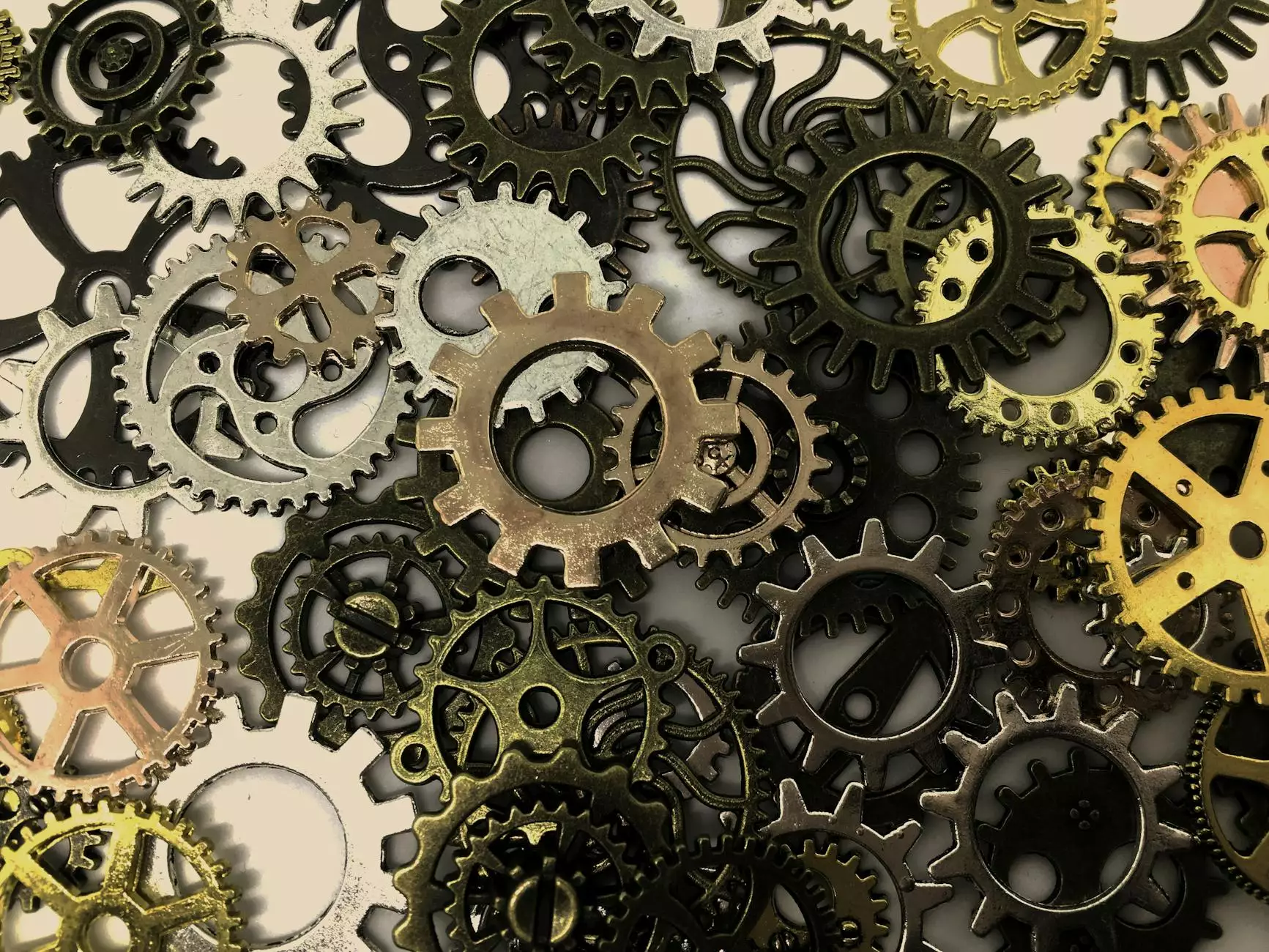Understanding Image Datasets for Object Detection

In the world of software development, particularly in the field of artificial intelligence and machine learning, the significance of image datasets for object detection cannot be overstated. As technology advances, the ability for machines to recognize and interpret visual data has become a cornerstone of numerous applications, from autonomous vehicles to smart surveillance systems. This article delves into the critical aspects of image datasets for object detection, including their creation, utilization, and the impact they have on the effectiveness of object detection algorithms.
What is Object Detection?
Object detection is a computer vision technique that involves identifying and locating objects within an image or video stream. Unlike simple image classification, which merely classifies an image into a category, object detection goes a step further by providing the precise coordinates of each object detected, often represented with bounding boxes. This has numerous applications, including:
- Autonomous Vehicles: Detecting pedestrians, other vehicles, traffic signs, and more.
- Surveillance Systems: Monitoring spaces for specific objects or individuals.
- Healthcare: Assisting in medical image analysis by identifying tumors or other anomalies.
- Retail: Analyzing customer behavior and inventory through visual tracking.
The Importance of Image Datasets
Image datasets are fundamental to the training and validation of object detection models. They serve several vital roles:
- Model Training: High-quality, annotated datasets are essential for training models that can accurately detect and classify objects.
- Generalization: A well-crafted dataset ensures that the model can generalize its learning to new, unseen images, improving versatility.
- Benchmarking: Datasets provide a standard for measuring model performance, enabling researchers and developers to compare their algorithms.
Creating Your Image Dataset for Object Detection
Creating a relevant and effective image dataset for object detection involves several steps:
1. Dataset Research and Selection
Before you start collecting images, evaluate existing datasets. Websites like COCO, Kaggle, and Open Images offer large repositories of labeled images that might suit your project's needs. Utilize these resources to determine the kind of images that are best for your use case.
2. Image Collection
You may need to curate your own dataset if existing ones don’t meet your requirements. Collect images from various sources, ensuring you have a diverse set of images representing different angles, lighting conditions, and backgrounds. Consider these tips:
- Use open-source image repositories and stock photo websites.
- Capture images using drones or cameras, especially for specific applications like wildlife detection.
- Ensure ethical considerations are taken into account, especially when using images that depict individuals.
3. Annotation
Once your images are collected, they must be annotated accurately. This involves drawing bounding boxes around objects and labeling them appropriately. Tools like Labelbox or V7 Labs can significantly simplify this process. Key points to remember include:
- Ensure consistency in labeling categories.
- Use clear guidelines for boundary definitions to avoid ambiguity.
- Consider labeling with additional attributes like occlusion or truncation.
Utilizing Image Datasets for Object Detection
After creating a dataset, it is vital to utilize it effectively to train an object detection model. Here’s how:
1. Choosing the Right Model
Select a model architecture that suits your application needs. Popular frameworks for object detection include:
- YOLO (You Only Look Once): Known for its speed and efficiency in real-time applications.
- SSD (Single Shot Multibox Detector): Balances speed and accuracy, suitable for real-time predictions.
- Faster R-CNN: A two-stage model that excels in accuracy but may be slower than others.
2. Data Augmentation
Implement data augmentation techniques to enhance your dataset. This includes:
- Flipping images horizontally or vertically.
- Changing brightness, contrast, or saturation.
- Adding noise or distortions to make the model robust.
3. Training the Model
Utilize frameworks like TensorFlow or PyTorch to build and train your model using the dataset. Use techniques such as:
- Transfer learning, where you fine-tune a pre-trained model on your dataset.
- Hyperparameter tuning to find the best model performance.
Evaluating Object Detection Models
It’s essential to evaluate your model adequately to ensure effectiveness. Metrics used include:
- Precision: The ratio of true positives to the sum of true positives and false positives.
- Recall: The ratio of true positives to the sum of true positives and false negatives.
- Mean Average Precision (mAP): An overall performance metric that summarizes precision-recall across different classes.
Challenges in Creating and Using Image Datasets
Creating and working with image datasets for object detection comes with its set of challenges, including:
- Data Quality: Ensuring that the images collected are of high quality and represent real-world scenarios.
- Bias: Datasets can inherit biases from the image collection process, which can affect model performance.
- Scalability: As your application grows, so does the need for a more extensive dataset, which can be resource-intensive.
The Future of Image Datasets in Object Detection
The future holds exciting possibilities for image datasets in the realm of object detection. With advancements in AI and machine learning, the efficiency and capability of models will only improve. Moreover, the rise of synthetic data generation offers new avenues for creating robust datasets that can mimic real-world scenarios without the pitfalls of traditional collection methods.
1. Synthetic Data Generation
Companies and researchers are increasingly leveraging generative models to create synthetic images. This approach allows for the creation of massive amounts of data quickly and can be tailored to address specific training needs.
2. Real-Time Data Integration
As we move towards a more connected future, integrating real-time data streams into object detection models will enhance their learning capabilities. Models could continuously improve through feedback loops, refining their accuracy over time.
Conclusion
In conclusion, the development and utilization of image datasets for object detection play a crucial role in the advancement of technologies across various fields. By understanding the intricacies involved in dataset creation and the best methodologies for using these datasets, businesses can significantly enhance their software capabilities. As the landscape of AI continues to evolve, staying updated with the latest practices in dataset utilization will be key to success. By following the strategies outlined in this article, software developers can leverage image datasets to build more effective object detection systems that meet the demands of an increasingly visual world.





